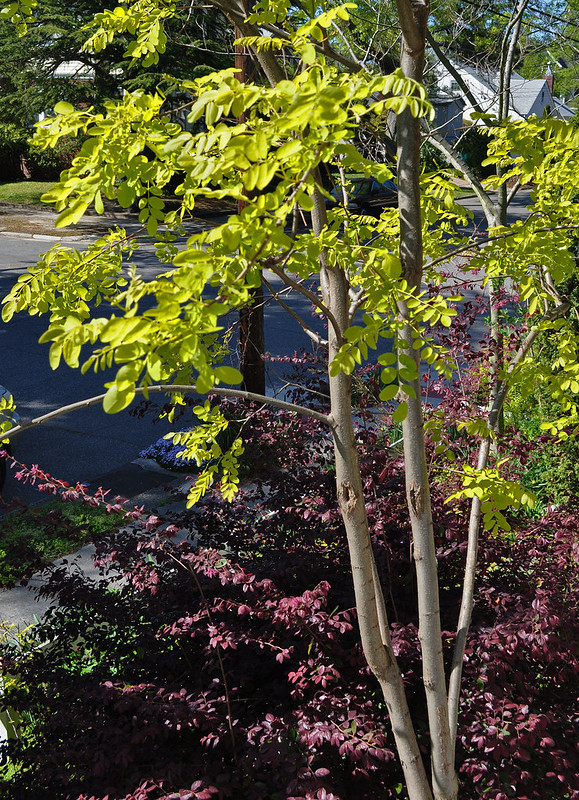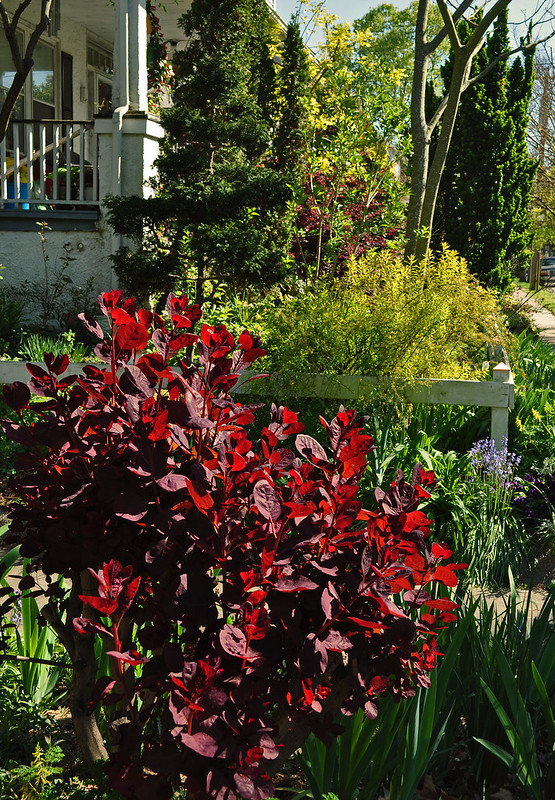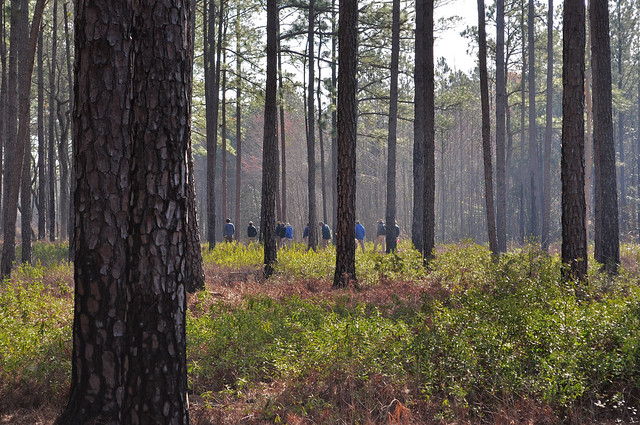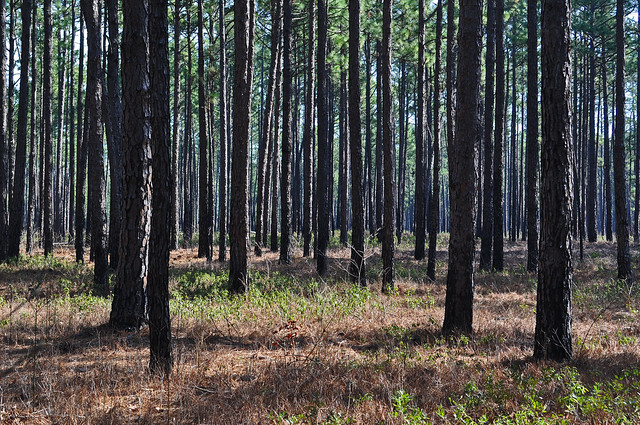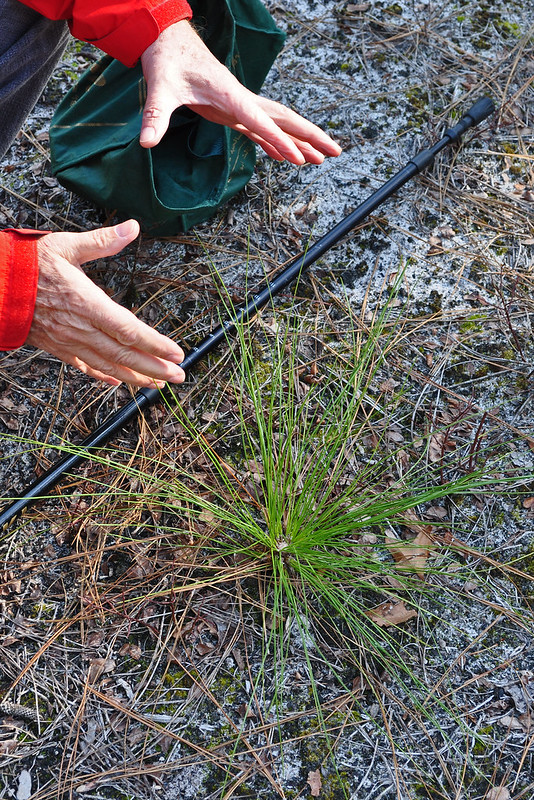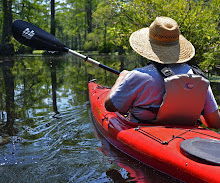(
Cross Vine (Bignonia capreolata)
Frisia Black Locust (Robinia pseudoacacia 'Frisia')
Spanish Bluebells (Hyacinthoides hispanica)
Front Garden
Unknown, or more acurately unrecorded pansies (Viola x wittrockiana)
Golden Ornamental Raspberry (Rubus cockburianus 'Aurea')
Spanish Bluebells (Hyacinthoides hispanica)
Tradescantia x 'Blue and Gold'
Ajuga reptans 'Chocolate Chip'
Corydalis heterocarpa var. japonica
Robin's Plantain (Erigeron pulchellus)
Royal Purple Smokebush (Continus coggygria 'Royal Purple)
Weigela coraeensis
Stachyurus praecox ''Mitsuzaki'
Hardy Impatiens (Impatiens omeiana)
Spanish Bluebells - pink form (Hyacinthoides hispanica)
George Tabor Azalea (Rhododendron x 'George Tabor')
Mrs. G. G. Gerbing Azalea (Rhododendron x 'Mrs. G. G. Gerbing')
Nuccio's Gem Camellia (Camellia japonica 'Nuccio's Gem')
To see what is growing for other gardeners, please visit Carol at May Dreams Gardens who hosts Garden Bloggers Bloom Day on the 15th of each month - rain or shine.



